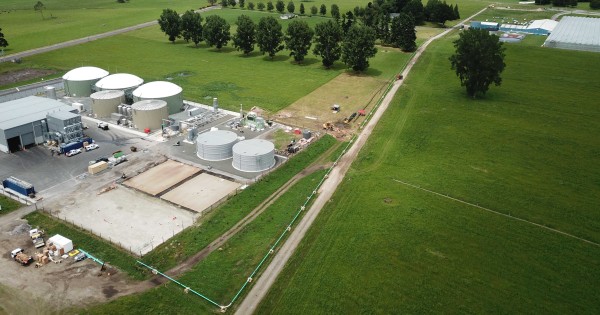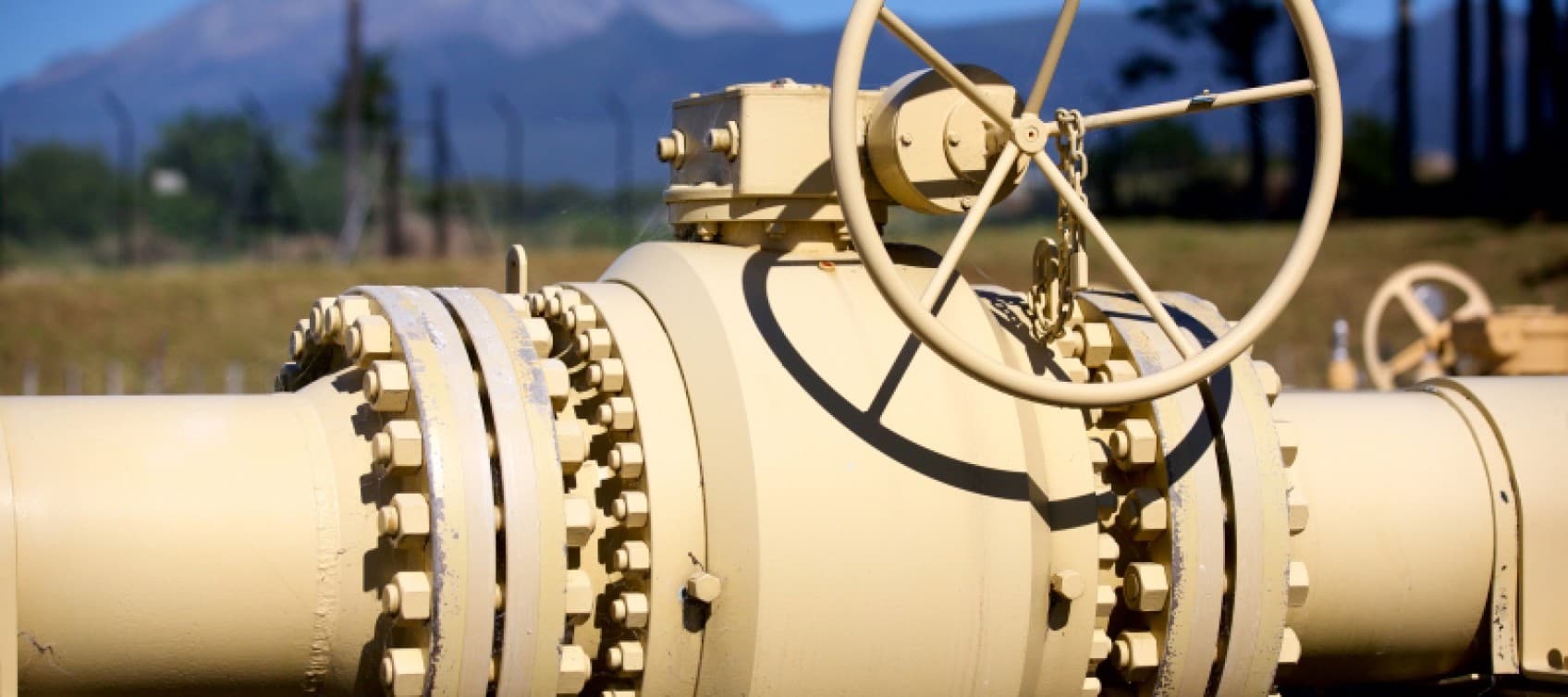Based in the energy-rich region of Taranaki, Clarus company, Firstgas connects natural gas to homes, businesses and large industry across the North Island. Firstgas is responsible for the ongoing reliability and safe operation of the more than 2,500 km of high-pressure gas transmission pipelines, known as the Māui and Kapuni pipelines. Firstgas also owns 4,800 km of gas distribution networks. Through our transmission and distribution pipelines and networks, we connect over 300,000 homes and 19,000 businesses, including commercial businesses, hospitals and restaurants to natural gas everyday.
The gas network currently transports natural gas. But in the future the pipeline could become an important tool in decarbonising Aotearoa New Zealand. Because the gas pipeline is already in place, it could be used to transport a mixture of natural and renewable gases, and in the future could transport 100% renewable gas.
Turning waste into biomethane

Ecogas: Reporoa Organics Processing Facility
Renewable gases could play an important role in transitioning away from fossil fuels, notes the International Energy Agency (IEA) in its New Zealand 2023 Energy Policy Review; “New Zealand has natural advantages for biomethane production, given its vast agricultural waste sector.” Biomethane can be produced from organic waste. When this organic matter is anaerobically digested, one of the byproducts is biogas, which can be refined into biomethane. This is valuable because it behaves the same as natural gas – chemically it is identical.
Almost any organic waste can produce biogas. For instance, at the Ecogas plant in Reporoa, food scraps are being used to generate biogas, and we’re working to upgrade that into biomethane so it can be used in our gas pipeline. Also, as the IEA pointed out, our country produces a lot of agricultural waste, including animal manure, which could be turned into gas. There is also potential to generate energy from waste that comes from forestry industry, landfills, or perhaps in the future even from human waste.
The resulting biomethane can be piped through the Firstgas network to reach businesses and households across the North Island. Right now, New Zealand is well behind other countries in our use of biomethane.
Transporting hydrogen to refuelling stations
While electric vehicles are brilliant over short distances, for long-haul transport the equation is a little different. Local innovator Hiringa is developing a green hydrogen refuelling network across Aotearoa which will allow heavy vehicles to fill up with renewable hydrogen instead of diesel or petrol. Each diesel truck taken off the road is the equivalent of up to 150 cars, according to Hiringa.
Together with Hiringa, Firstgas is investigating whether hydrogen gas can be transported through our existing pipeline network to help service Hiringa’s network of stations.
“Repurposed or new hydrogen pipeline networks will likely become a more efficient and acceptable solution than alternatives like trucking hydrogen,” says GasNZ in its submission to the Gas Transition Plan.
Hydrogen is ideal for heavy transport, including both trucks and ships. If New Zealand can generate green hydrogen and send it across the country and to our ports, that could help reduce fossil fuels in these hard-to-decarbonise sectors.
The pipeline is a valuable asset to our net carbon zero future
Gas pipeline companies in New Zealand employ nearly 500 people and the gas industry is a vital contributor to our economy. Making use of existing infrastructure will help keep these people employed, and make the transition to a net carbon zero future more affordable.
GasNZ has set a target of 5% renewable gas by 2030, and our pipeline will be a valuable way to move this gas around New Zealand.
By making the most of our existing infrastructure, we save on the cost of building new ways to move renewable energy around Aotearoa in the future.





